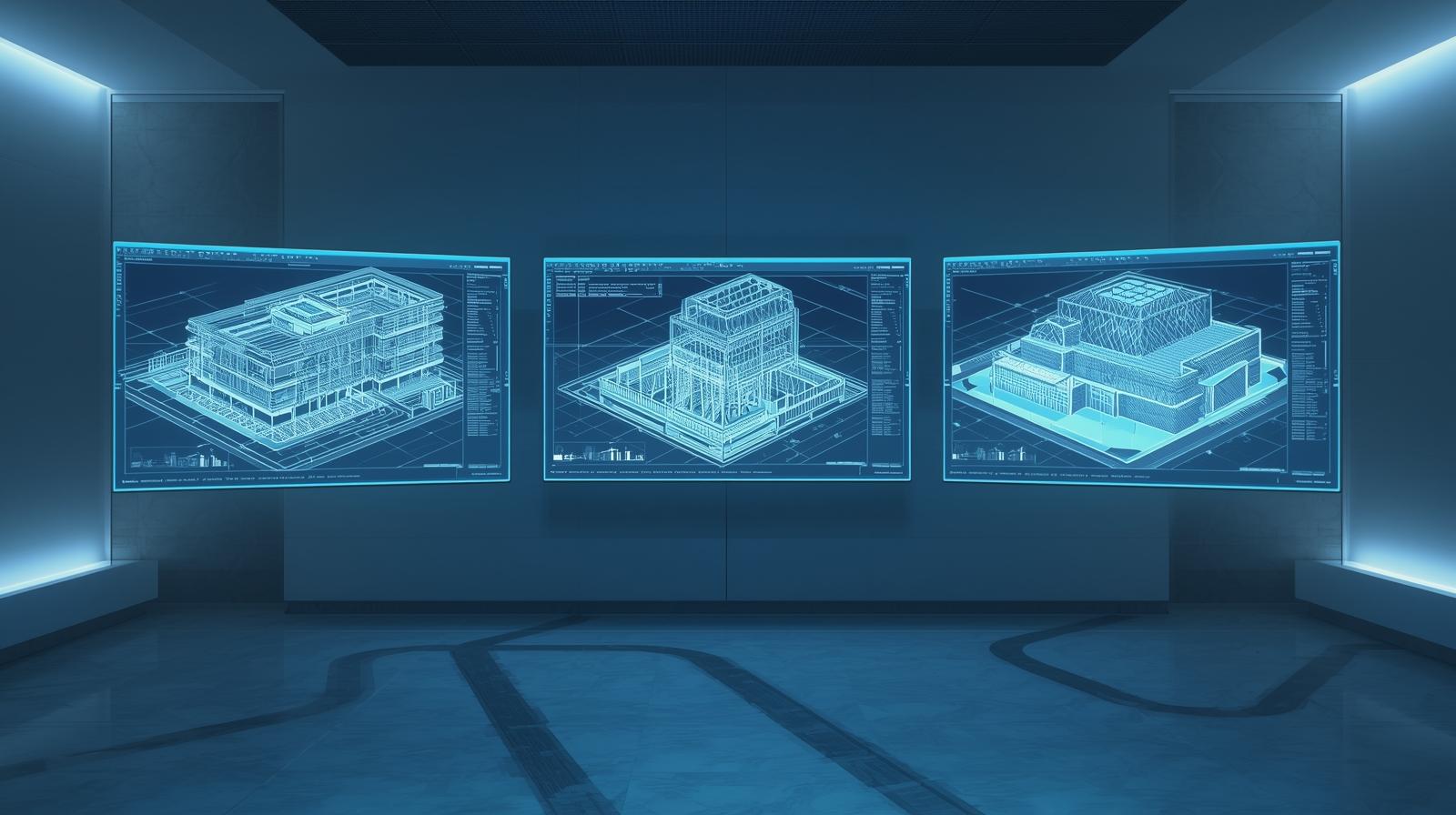Building Information Modelling (BIM) has evolved far beyond being just a tool for creating 3D architectural visuals—it is rapidly becoming the central nervous system of construction projects. BIM unifies data, workflows, stakeholders, and technologies into an integrated digital ecosystem that drives every stage of a project—from early planning to facility management. For firms like TechPennar, which operate across buildings, infrastructure, MEP, and industrial settings, BIM serves as both a competitive differentiator and a necessity in delivering precise, efficient, and sustainable outcomes.
At its core, BIM starts with accurate, structured models that capture geometry, spatial relationships, and essential metadata about materials, components, and systems. But the real value emerges when those models become living documents—used for clash detection, schedule simulation, cost estimation, and lifecycle planning. This means that stakeholders (architects, engineers, contractors, fabricators) work off a shared model where changes in architecture ripple through structural, MEP, and cost domains automatically—reducing rework, avoiding miscommunication, and helping keep projects on time and budget.
Another key dimension is Scan-to-BIM, especially for renovation, retrofit, or heritage work. Using laser scanning or aerial drone captures, existing structures are digitally recorded to generate point-clouds that are converted into detailed BIM models. These models enable accurate “as-built” representation, which is essential wherever existing conditions are less documented, or where transformation has to respect original structure. The precise duplication of current conditions supports design retrofit, clash identification, and planning without assumptions or guesswork.
Advancements in BIM also include multidimensional extensions: 4D for time/schedule simulation, 5D for cost estimation (including BOM and quantity take-offs), and further into 6D-7D for facility management and sustainability tracking. For example, when models are embedded with useful metadata (material performance, energy consumption, maintenance schedules), they become powerful tools for operations and maintenance after construction is finished. Decisions about repairs, energy usage, refurbishments or even expansions can draw on accurate historical data drawn from the original BIM. This reduces lifecycle costs and improves asset performance.
In complex infrastructure and industrial projects, BIM also enables better coordination among disciplines. For instance, MEP (Mechanical, Electrical, Plumbing) systems, structural frame, architectural finishes all occupy shared space, and subtle interference (clashes) can escalate into expensive delays. BIM tools allow multidisciplinary teams to simulate and detect these clashes virtually before actual construction begins. Also, by standardizing component libraries and procedures (for example in Revit or Tekla), firms can reduce design cycle times and improve consistency across projects.
Sustainability and regulatory compliance have also become baked into BIM workflows. Environmental standards, safety codes, energy modeling, and emissions tracking are now often integrated into early design decisions. Designs can be evaluated for their energy performance, daylighting, thermal behavior, even water usage, long before the first concrete is poured. This early insight enables design optimization for sustainability, leading to lower operational costs and regulatory risk down the line.
Digital collaboration is central: BIM platforms support cloud-based sharing, version control, coordination meetings, and input from multiple stakeholders (including remote or cross-border teams). Especially in today’s hybrid and distributed work contexts, having a unified BIM model that everyone accesses ensures consistency and clarity. It also helps with visualization: rendering realistic images or walkthroughs aids stakeholder understanding (clients, regulators, contractors) which can improve decision-making, reduce surprises, and align expectations.
To implement BIM effectively, however, firms must address certain challenges: ensuring data quality (accurate inputs), defining clear protocols and standards (who models what, how changes are handled), training staff in BIM tools and workflows, and selecting compatible software and delivery platforms. Also, the initial investment (software licensing, staff training, hardware) can be significant. But when managed well, these costs are quickly offset by savings from fewer errors, faster coordination, better planning, and more efficient facility operation over time.
In conclusion, BIM is no longer just a buzzword—it is a foundational approach that can transform how buildings and infrastructure are designed, built, and operated. For companies delivering large, multidisciplinary projects—commercial buildings, industrial plants, infrastructure—investing in robust BIM capabilities means better predictability, lower risk, more sustainability, and ultimately higher value for clients. As technology and industry practices evolve, the most successful firms will be those that use BIM not only for modeling, but as a strategic platform for project delivery and lifecycle management.

